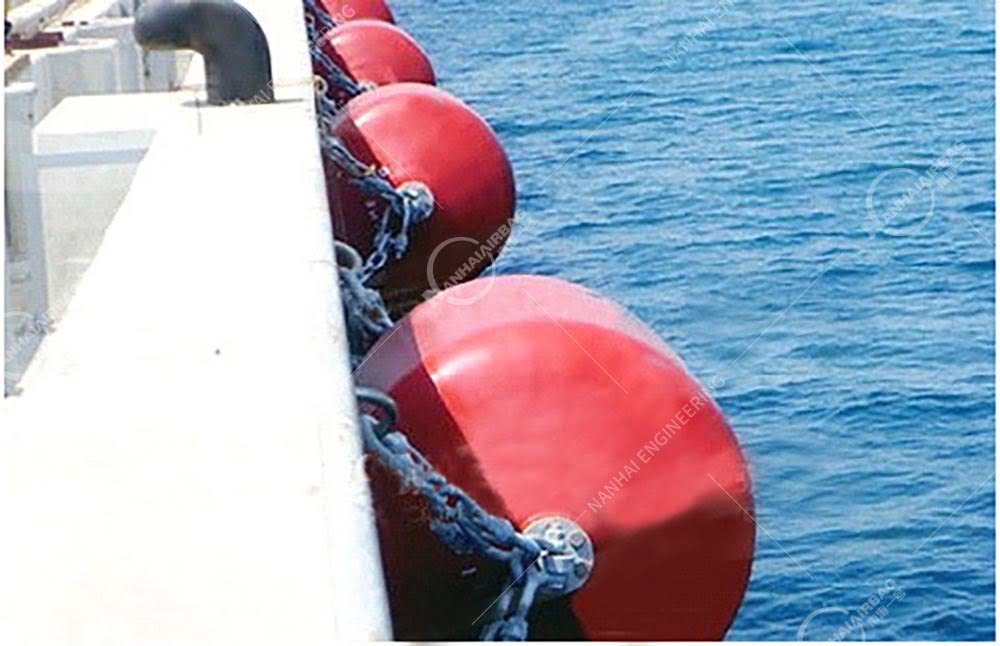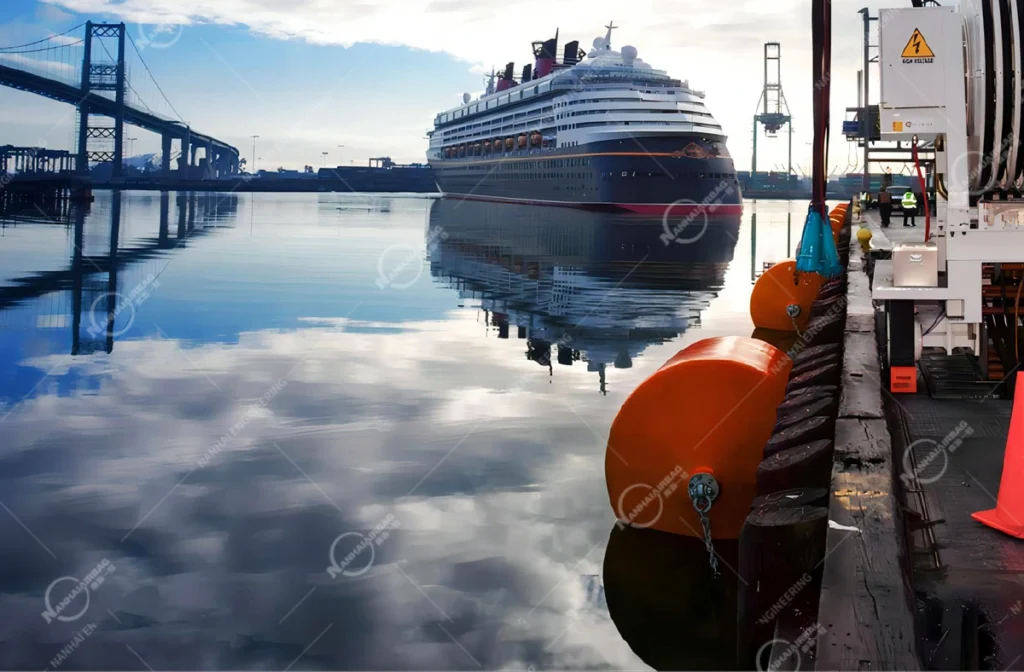Beenest Ship Launching Airbags: The Secret Weapon Shipbuilders Swear By (And Why You Need Them Now)
11/11/2025Super Cone Fenders: The Marine Safety Upgrade That Stops Damage, Saves Money, and Ends Downtime
18/11/2025

Last summer, I sat with Sarah—owner of Harbor View Marina on Lake Erie—watching her crew patch yet another cracked rubber fender. “Third one this month,” she groaned, wiping grease off her hands. “Boats keep hitting the docks, the fenders split, and I’m spending more on repairs than I am on coffee. My tenants are complaining, and I’m this close to losing a family who’s been here 10 years.”Sarah’s story isn’t rare. Most dock owners start with cheap rubber fenders—only to learn too late they’re a money pit. That’s where foam filled fenders come in. These aren’t your average dock floats—they’re the tough, low-maintenance upgrade that turns “constant chaos” into “set it and forget it.”
What Exactly Are Foam Filled Fenders? (No, They’re Not Just Rubber With a Foam Party)
Let’s cut to the chase: Foam filled fenders are marine fenders with a dense, closed-cell foam core wrapped in thick, durable rubber. Think of them like a stress ball for your dock: the foam absorbs impact, while the rubber outer layer resists tears, UV rays, and saltwater. Unlike hollow rubber fenders (which dent or pop), the foam core keeps them rigid enough to protect docks—but soft enough to keep boats scratch-free.They’re designed for one thing: taking repeated hits without quitting. Whether it’s a pontoon boat bumping a dock at 5 knots or a wave slamming a piling during a storm—foam filled fenders handle it.
Why This Isn’t Just a “Nice-to-Have”—It’s a Wallet and Sanity Saver (Urgent Examples)
Here’s the raw truth: Regular rubber fenders are failing you—and your wallet—every day.
- ••A Minnesota marina used hollow rubber fenders for years. Every winter, ice crushed them; every summer, boaters scratched hulls. They spent 15k/yearonreplacements.Whentheyswitchedtofoamfilled?Repairsdroppedto2k/year—and boaters stopped complaining.
- ••A Florida charter fleet lost a client’s 60kyachtafterarubberfendersplitduringastorm.Theclientsued—andthemarinalost50k in legal fees. Foam filled fenders would’ve absorbed the impact, avoiding the crash entirely.
- ••The urgency? Boats are bigger, storms are fiercer, and docks are busier. Cheap fenders can’t keep up—and the cost of “saving” 50onafenderis500 in repairs later.
Why Foam Filled Beats Every Other “Budget” Fender (No More Guesswork)
You might think, “Aren’t all rubber fenders the same?” Wrong. Foam filled fenders solve problems generic ones can’t:
1. They Don’t Quit (Even in Bad Weather)
Hollow rubber fenders crack in cold weather, pop in high waves, or rot in UV light. Foam filled? The foam core retains shape—so they work in -20°F or 100°F, rain or shine.
2. Low Maintenance = Less Headache
Generic fenders need monthly patches, repainting, and bolt tightening. Foam filled? Rinse with fresh water quarterly, check for dents once a year—that’s it. The foam core resists algae and barnacles, too.
3. They’re Gentle on Boats (and Your Reputation)
Foam is softer than hard rubber—so boats glide into docks without scratches. Sarah’s marina saw a 30% drop in “hull damage” complaints after switching. Her tenants now recommendthe marina to friends.
Real Talk: A Marina Owner Who Finally Enjoys Her Job
Back to Sarah. After switching to foam filled fenders:
- ••She cut repair costs by 85%.
- ••Tenant retention went up 20%.
- ••She even added a “quiet dock” sign—boaters love how gentle the fenders are.
“Before, I was stressed about fenders,” she said. “Now? I sit on my porch, watch the boats, and actually enjoy running this place.”
People Also Ask: Your Foam Filled Fender Questions—Answered
We get these queries all the time—let’s clear them up so you can stop overthinking:
Q: How are foam filled fenders different from regular rubber fenders?
A: Foam filled have a rigid foam core that resists denting/popping. Regular rubber fenders are hollow—they crack or deform under impact. Foam filled also last 2–3x longer.
Q: Are they good for small docks?
A: Absolutely—if you have boats (even kayaks!) that bump into your dock. They’re gentle on hulls, easy to install, and low-maintenance. Save money vs. replacing cheap fenders every year.
Q: Do I need foam filled fenders if I have marine airbags?
A: Yes—and no. Marine airbags are for heavy lifting/ship launching. Foam filled fenders are for daily dock protection. They work together: airbags keep ships safe, foam fenders keep docks safe.
Q: How long do they last?
A: With basic care? 10–15 years. The foam core doesn’t degrade—so you won’t be replacing them every few years.
Q: Are they worth the extra $75 per unit?
A: 100%. Let’s do the math: A generic fender costs 100andlasts1year(100/year). A foam filled costs 175andlasts10years(17.5/year). Over 10 years, you save $825—plus labor and hassle.
Final Thought: Stop Replacing Fenders—Start Loving Your Dock Again
Foam filled fenders aren’t the flashiest product—but they’re the one that works. Whether you run a busy marina, a family fishing dock, or a private slip—you deserve a fender that protects your investment without draining your wallet or your sanity.Ready to switch? Measure your dock’s slip size (most foam filled come in 12”–24” diameters) and reach out to a manufacturer that offers custom colors or pre-drilled holes for easy installation.Your future self will thank you—when you’re grilling on the dock instead of fixing rubber, and when boaters rave about how nice your marina is.That’s the foam filled difference.Keywords: foam filled fenders, marine fenders, rubber fenders, marine airbags, dock protection, marina supplies, durable rubber fenders, low-maintenance fenders
